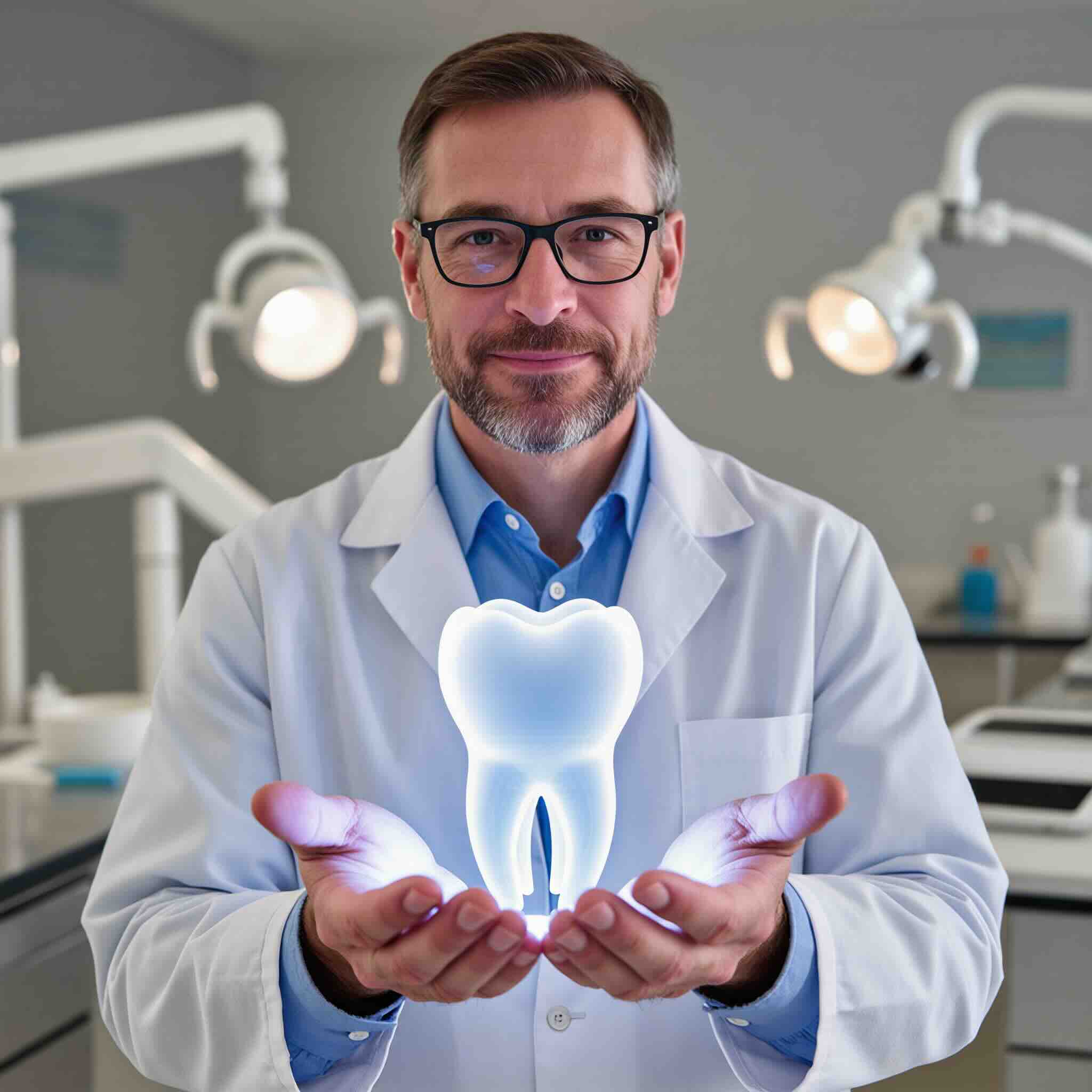A missing tooth isn’t just a gap in your smile — it can affect chewing, speech, and the health of your other teeth.
At KYT Dental Services, we offer dental bridges to restore your smile and function, while also guiding you on whether an implant may be the better long-term option.




.png)
✨ Faster process — usually completed in a few visits
✨ No surgery required
✨ Restores appearance and function quickly
✨ More affordable upfront cost
Bottom Line: Bridges are a good option for quick tooth replacement, but they rely on neighboring teeth and may need replacement after 7–10 years.
.png)
⚡ Protects nearby teeth — no grinding needed
⚡ Preserves jawbone and prevents bone loss
⚡ Feels and functions like a natural tooth
⚡ Can last decades with proper care
Bottom Line: Implants are the most natural, long-lasting solution, protecting both your smile and your jawbone.
Dental Bridge:
Dental Implant:





